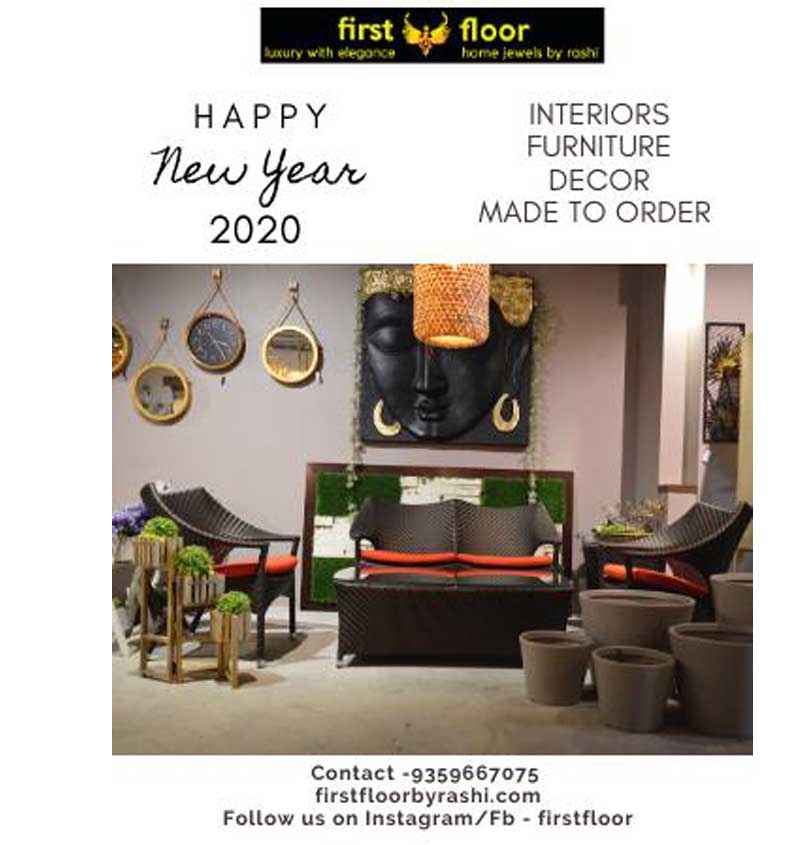1. Layer Your Lighting
Lighting is one of the most powerful tools in interior design—and one of the easiest to overlook. To instantly add depth and sophistication, layer your lighting:
-
Ambient lighting (main overheads)
-
Task lighting (desk lamps, kitchen under-cabinet lights)
-
Accent lighting (wall sconces, LED strips, candles)
Swap out generic ceiling lights for statement fixtures or thrifted vintage pieces. A beautiful pendant light or chandelier can transform a space and serve as a focal point for a fraction of the cost of major renovations.
2. Use Paint Strategically
Paint remains one of the most budget-friendly ways to change a room’s entire vibe. Go for bold accent walls, rich jewel tones, or calming neutrals to set the mood.
-
Want to make ceilings feel higher? Paint them a slightly lighter shade than your walls.
-
Want drama? Try painting doors and trim a deep charcoal or navy.
-
Don’t forget about furniture—painting old pieces can give them new life.
3. Upgrade Hardware and Fixtures
Swapping out old knobs, handles, and faucets is an easy DIY project with a big visual payoff. Choose modern finishes like matte black, brushed brass, or oil-rubbed bronze for a contemporary look.
This small investment can elevate:
-
Kitchen cabinets
-
Bathroom vanities
-
Dresser drawers
Even better, mix metals for a more custom, designer feel.
4. Decorate with Intention (and Thrift Smarts)
High-end interiors aren’t cluttered—they’re curated. Choose fewer, better-looking accessories instead of filling shelves and surfaces with lots of little things. A few ways to do this on a budget:
-
Shop second-hand for unique, character-rich decor pieces
-
Frame affordable art prints or even pages from magazines or books
-
Use vintage trays, vases, or candle holders to add polish
Plants are also a great design element that add life, color, and luxury—without costing much.
5. Hang Curtains High and Wide
To make your space feel taller and more expensive, hang your curtains:
-
High: A few inches below the ceiling or crown molding
-
Wide: Extend rods beyond the window frame so curtains don’t block light when open
This trick creates the illusion of larger windows and adds a tailored, upscale look—even if your curtains were bought on sale.
6. Embrace Mirrors and Reflective Surfaces
Mirrors bounce light around a room, making it feel bigger and brighter. Place a large mirror opposite a window to maximize natural light or use smaller ones as accents. Reflective surfaces like metallic decor, mirrored trays, and glass tables can all make your space feel more airy and luxurious.
7. Declutter and Style Your Surfaces
Less is more. Clear countertops, organized bookshelves, and tidy entryways automatically make a home look more refined. Then, style each space intentionally:
-
Use the rule of threes: group decor in sets of three for balance
-
Mix textures and heights for visual interest
-
Incorporate books, candles, bowls, and plants to warm up the space
8. Invest in Key Pieces (Strategically)
You don’t have to splurge on everything—but focus your budget on one or two statement items per room:
-
A quality sofa
-
An oversized rug that grounds the room
-
A dramatic headboard
-
A bold piece of art
Then complement these focal points with affordable accessories from discount stores, thrift shops, or even DIYs.
Final Thoughts
Designing a home that looks luxurious doesn’t require luxury prices. With the right approach, a little creativity, and an eye for details, you can create spaces that feel sophisticated, personalized, and inviting—without maxing out your budget. Remember, good design isn’t about how much you spend, but how intentionally you style.



















Your Message